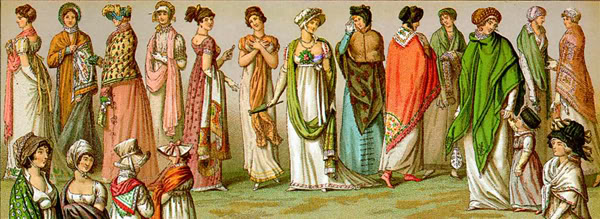In Praise of the Humble Comma
 In June 2001, journalist Pico Iyer wrote an essay in praise of the humble comma for Time magazine that for the first time made punctuation humorous, inviting, and fun for me. Until then, it had been nothing but an unceasing drudgery of rules and rote memorization. Of course, Lynne Truss's book Eats, Shoots and Leaves was to follow later and indelibly impress upon my mind the importance of grammar with verve and wit.
In June 2001, journalist Pico Iyer wrote an essay in praise of the humble comma for Time magazine that for the first time made punctuation humorous, inviting, and fun for me. Until then, it had been nothing but an unceasing drudgery of rules and rote memorization. Of course, Lynne Truss's book Eats, Shoots and Leaves was to follow later and indelibly impress upon my mind the importance of grammar with verve and wit.
 "The gods, they say, give breath, and they take it away. But the same could be said — could it not? — of the humble comma." So starts Pico Iyer's essay. He, then, goes on to write: "Add it to the present clause, and, of a sudden, the mind is, quite literally, given pause to think; take it out if you wish or forget it, and the mind is deprived of a resting place."
"The gods, they say, give breath, and they take it away. But the same could be said — could it not? — of the humble comma." So starts Pico Iyer's essay. He, then, goes on to write: "Add it to the present clause, and, of a sudden, the mind is, quite literally, given pause to think; take it out if you wish or forget it, and the mind is deprived of a resting place."
"By establishing the relations between words, punctuation establishes the relations between the people using words. Punctuation, then, is a civic prop, a pillar that holds society upright."
 "Punctuation [...] becomes the signature of cultures. The anarchy and commotion of the '60s were given voice in the exploding exclamation marks, riotous capital letters and Day-Glo italics of Tom Wolfe's spray-paint prose. Yet punctuation is something more than a culture's birthmark; it scores the music in our minds, gets our thoughts moving to the rhythm of our hearts. Punctuation is the notation in the sheet music of our words, telling us when to rest, or when to raise our voices; [...] Punctuation adjusts the tone and color and volume till the feeling comes into perfect focus [...]"
"Punctuation [...] becomes the signature of cultures. The anarchy and commotion of the '60s were given voice in the exploding exclamation marks, riotous capital letters and Day-Glo italics of Tom Wolfe's spray-paint prose. Yet punctuation is something more than a culture's birthmark; it scores the music in our minds, gets our thoughts moving to the rhythm of our hearts. Punctuation is the notation in the sheet music of our words, telling us when to rest, or when to raise our voices; [...] Punctuation adjusts the tone and color and volume till the feeling comes into perfect focus [...]"
"Punctuation, in short, gives us the human voice, and all the meanings that lie between the words. 'You aren't young, are you?' loses its innocence when it loses the question mark. Every child knows the menace of a dropped apostrophe (the parent's 'Don't do that' shifting into the more slowly enunciated 'Do not do that'), and every believer, the ignominy of having his faith reduced to 'faith'. Add an exclamation point to 'To be or not to be...' and the gloomy Dane has all the resolve he needs; add a comma, and the noble sobriety of 'God save the Queen' becomes a cry of desperation bordering on double sacrilege."
This essay is quite simply marvelous, isn't it. Go HERE to read it in its entirety.
 Just who's Pico Iyer? Here's an interview of him by Scott London. "Pico Iyer once referred to himself as 'a global village on two legs.' It's a fitting description for someone born in England to Indian parents, immigrated to California as a boy, was later educated at Eton and Oxford, and now spends much of his time in Japan." Another interview with him by Oregon Live.
Just who's Pico Iyer? Here's an interview of him by Scott London. "Pico Iyer once referred to himself as 'a global village on two legs.' It's a fitting description for someone born in England to Indian parents, immigrated to California as a boy, was later educated at Eton and Oxford, and now spends much of his time in Japan." Another interview with him by Oregon Live.
(Oh, yes, and National Punctuation Day is September 24.)

3 comments:
Why does the author entitle his essay, "In Praise of the Humble comma" when most of the essay deals with punctuation in general?
The author never gives a formal definition of the comma. What reason can you offer for this ommission?
LaDi, thanks for visiting and commenting. Pico Iyer set out to write a humorous piece about commas and other punctuation marks for a general audience. It isn't meant as an instruction guide, by any means. However, in prose, Iyer brilliantly makes the very point of using punctuation even as he's giving ideas on how the marks can be used.
His essay starts out and ends with the comma and is the practice of essays like this, the title is based on those anecdotal first and last paragraphs. Also, pieces are usually titled not by the author but by the editor.
Post a Comment